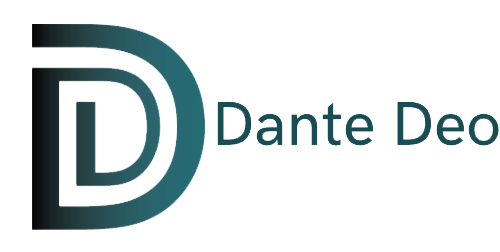In a world where digital transformation is the buzzword, it should come as no surprise to learn that most large organisations have potentially thousands of software licences which, if not effectively managed, can quickly lead to additional expenses and plenty of business headaches.
This is where software asset management comes in, as it is an approach designed to help enterprises gain control of, and optimise, their software costs and usage. Bearing in mind that such management is critical for visibility inside the organisation, enterprises clearly need a person – be they internal or external – who can control the software assets and be in a position to ensure the optimisation, deployment, utilisation and governance of the entire software asset estate.
Lauren Stander, Head of IT Asset Management at Dante Deo, notes that this is a growing field, as an increasing number of businesses require this kind of service. However, historically, she says, IT asset management has been a discipline with few specialists.
“Nonetheless, in the past decade, asset management has become an increasing focus area for companies, as well as evolving from a simple compliance position to one that encompasses optimisation and utilisation. It is also an arena that has shifted from being run by a technical person focused on function into a much more specialist role focused on the management of the entire digital ecosystem,” she explains.
“What companies really need is a trusted advisor who can view their current IT estate to determine what they have and what they are using, and then implement whatever software is required to ensure the estate is up to date. This may require an increase in software licences, but could just as easily lead to a reduction – it all depends on what is and isn’t being utilised.”
Stander notes that software asset management is broadly viewed as being about managing the licences. However, the reality is that modern organisations have to focus beyond this and look to both its value and its effective governance. Something as basic as the visibility this drives can have an immediate impact on the business, in terms of planning, forecasting and budgeting.
“Of course, the asset management discipline in SA remains relatively immature, even in some larger enterprises, and it is a function that is not receiving the attention it deserves. This presents a clear opportunity for an experienced player to position themselves as trusted advisors and genuinely deliver a difference to these organisations.
“Such an advisor should assist with far more than merely the number of software licences. It is equally about technology alignment – the licences you have must be helping your business grow, after all. Software asset management ensures that you get exactly what you are paying for, and that its impact is what you expect. At the same time, it is also about governance, meeting your business objectives and delivering the value you expect.”
The role of the software asset manager is to investigate and understand the client’s requirements with regard to both licences and software solutions, and then to create visibility around this. This manager is key to eliminating shadow IT from the business too, because once you know what you need, it becomes easier to determine what solutions shouldn’t be there.
“An effective advisor will ensure the client’s software assets are used correctly to deliver productivity and achieve cost optimisation. It is also their job to assess the risks and align the software to the business goals, all under the umbrella of effective IT governance,” she adds.
These advisors also leverage data-driven decision-making around software purchases, undertake vendor management (in terms of maintaining relationships and negotiating better terms) and life cycle management that encompasses everything from procurement to retirement. They also take care of the compliance and audit function.
“With the right partner, organisations can quickly achieve the leap from good to great, because there is enormous value to be derived from leveraging the skills of an organisation that properly understands the specialised and complex asset management arena.
“In my experience, I have not seen a single organisation achieve optimisation, efficiency and an effective software asset management programme without partnering with a trusted advisor. This is for the simple reason that only such an advisor has the experience to deliver the capabilities that will optimise and improve the client’s assets, while also delivering the raw truth to the client, based on what they see as best practice in the market,” concludes Stander.
Share
